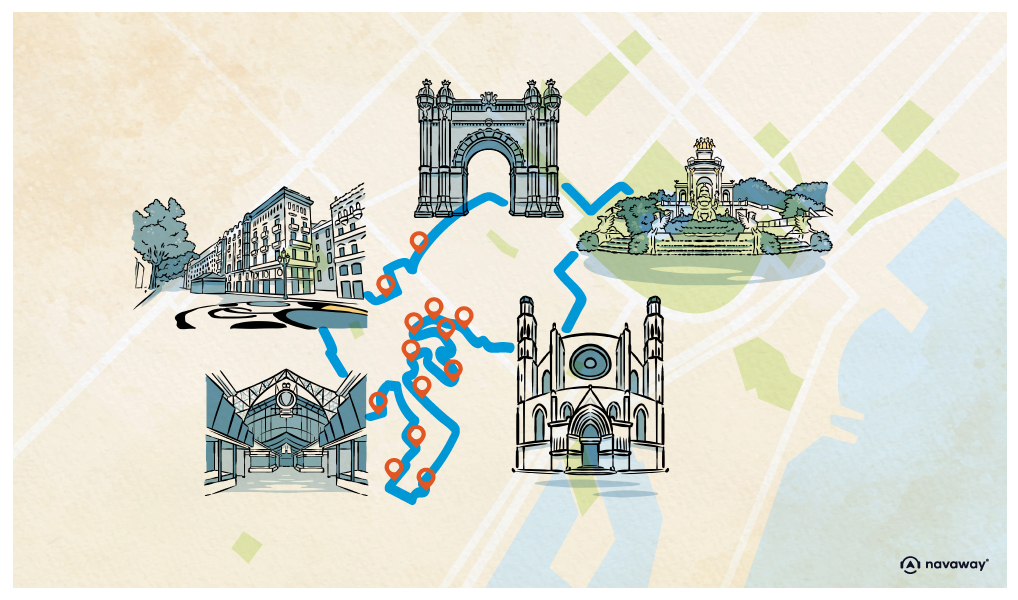
The Gargoyles
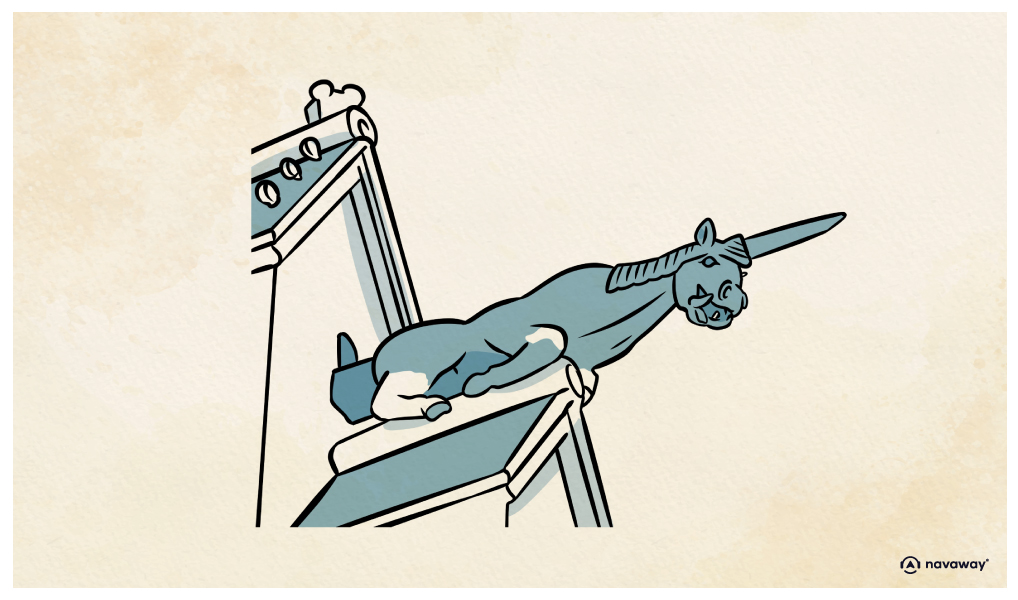
This point of interest is available as audio on the tour: Visit Barcelone, La belle catalane
I’d like to draw your attention to some of the gargoyles on the cathedral. The building is covered in these enchanting and mysterious sculptures. You could spend hours staring at them, trying to decipher hidden messages. Gargoyles were born in the 13th century, during the rise of Gothic architecture. They’re actually water spouts, designed to swallow rainwater away on church roofs. Their name comes from Old French, derived from gargouillis, the gurgling sound of water running down their throats. But beyond their practical purpose, they carry deep symbolic meaning. Their scary appearance is meant to ward off evil spirits and demonic beings. Some say that in ancient times, these creatures would scream when they felt evil approaching. Some historians believe gargoyles represent the damned souls, banished from the church for their sins. It’s important not to confuse them with chimeras, which date back to Ancient Greece and are purely decorative. These monstrous beings can take many forms, but they always symbolise evil. They remind us of the constant presence of darkness on Earth, and the need to keep it at bay. Two of Barcelona’s most famous gargoyles are on this cathedral. Can you spot them? One resembles a unicorn, and the other, an elephant. They’re right next to each other. These animals come from the medieval bestiary, an illustrated encyclopedia that listed all the creatures God was believed to have created, along with the purpose they served on Earth. Each animal was linked to a symbolic trait—for example the serpent for sin, the dove for spirituality, or the lion for strength. The unicorn, whose existence was believed in the Middle Ages, was a symbol of purity and power. Its horn was said to possess magical powers—it brought good fortune and could even cure illnesses. Even today, legend has it that if a woman wishes to have a child, she should come and collect the rainwater that flows from the cathedral’s unicorn. There is also a tale about the elephant. It carries a small tower on its back, a kind of cube that looks like a Lego brick. According to legend, the world would fall into chaos if the elephant’s trunk broke. That being said, it has happened once or twice already… and so far, we’re doing fine. The gargoyles in the cloister are from the 15th century. They’re said to represent witches, turned to stone for spitting on the Corpus Christi procession. As punishment, they’ve been condemned to spit out rainwater for all eternity. And before you go, take a few steps back. Just past the elephant, on the cathedral wall, you’ll see a mysterious floating door. It stands as silent proof of a former passage that once linked the cathedral to the royal palace—allowing counts and kings to attend mass without being seen.

Discover other tours to visit Barcelone

Discover Barcelone with app
An interactive guide through the most beautiful streets, squares, and districts
26 fun audioguides full of historical facts, anecdotes, and legends
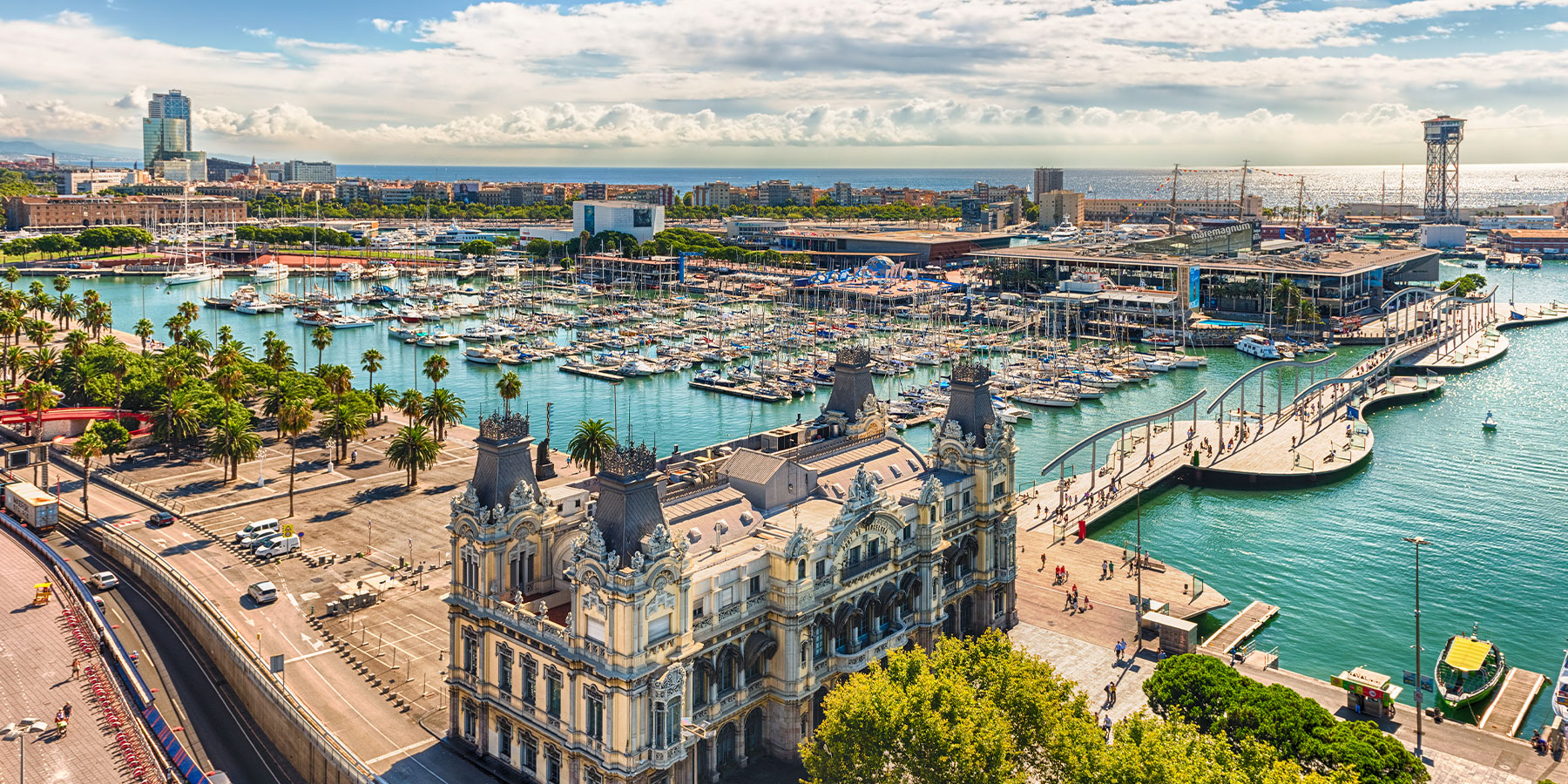
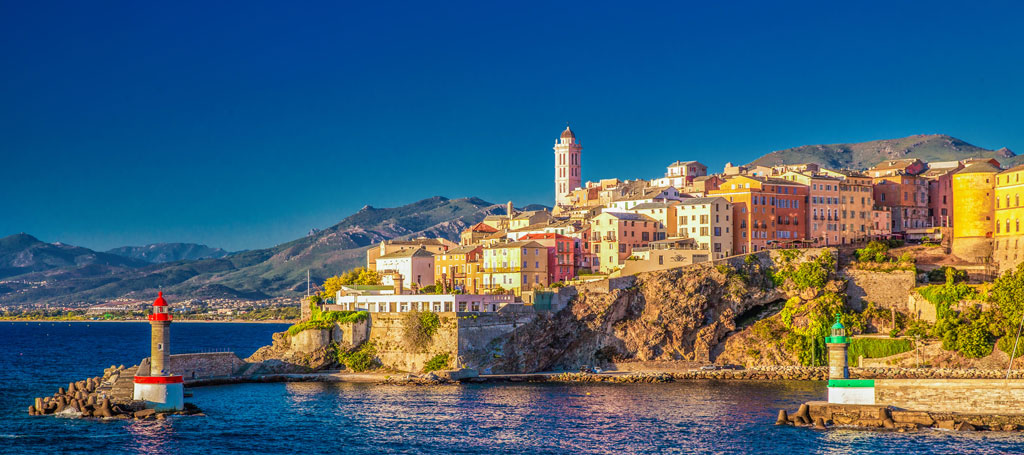
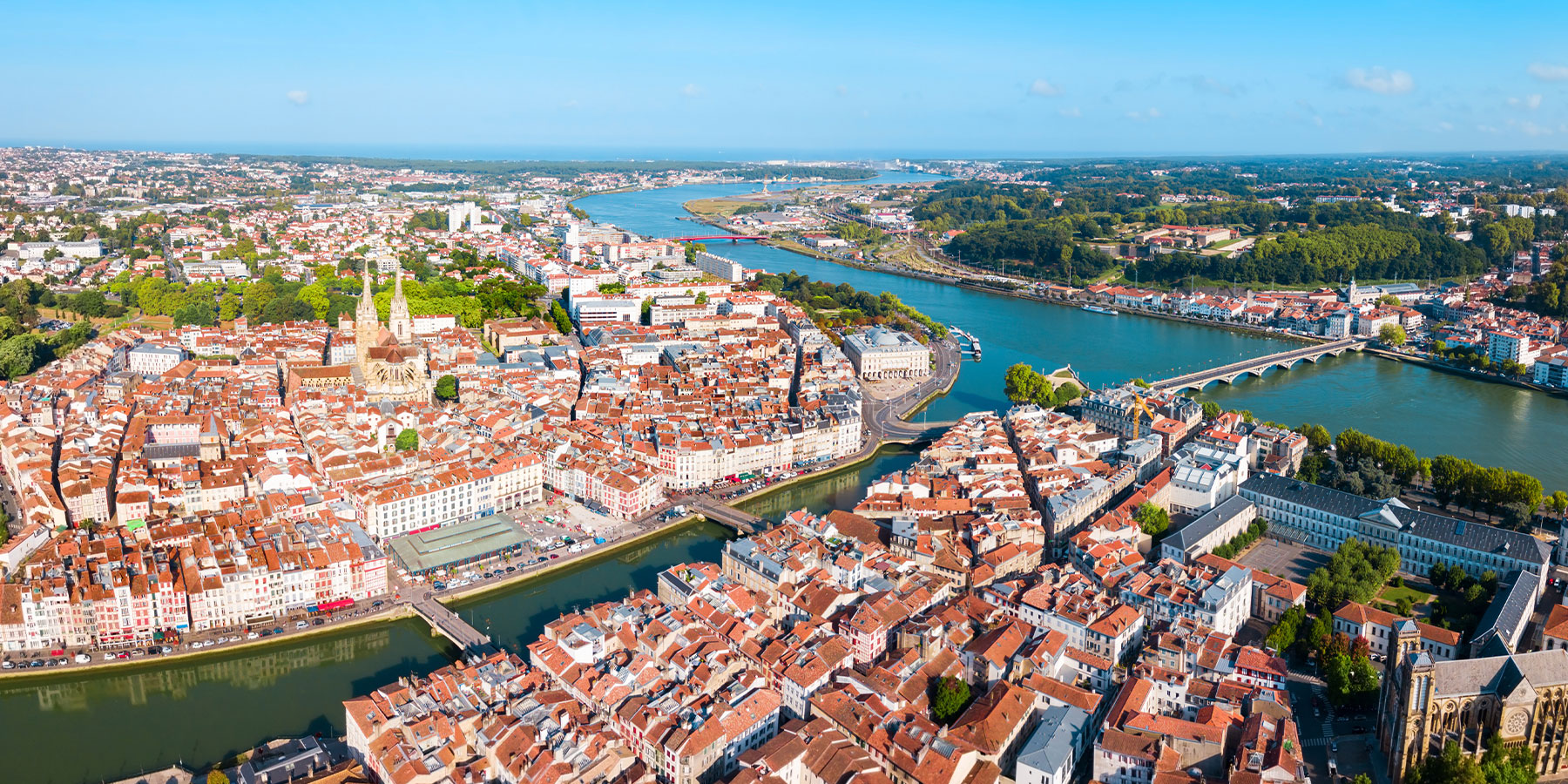
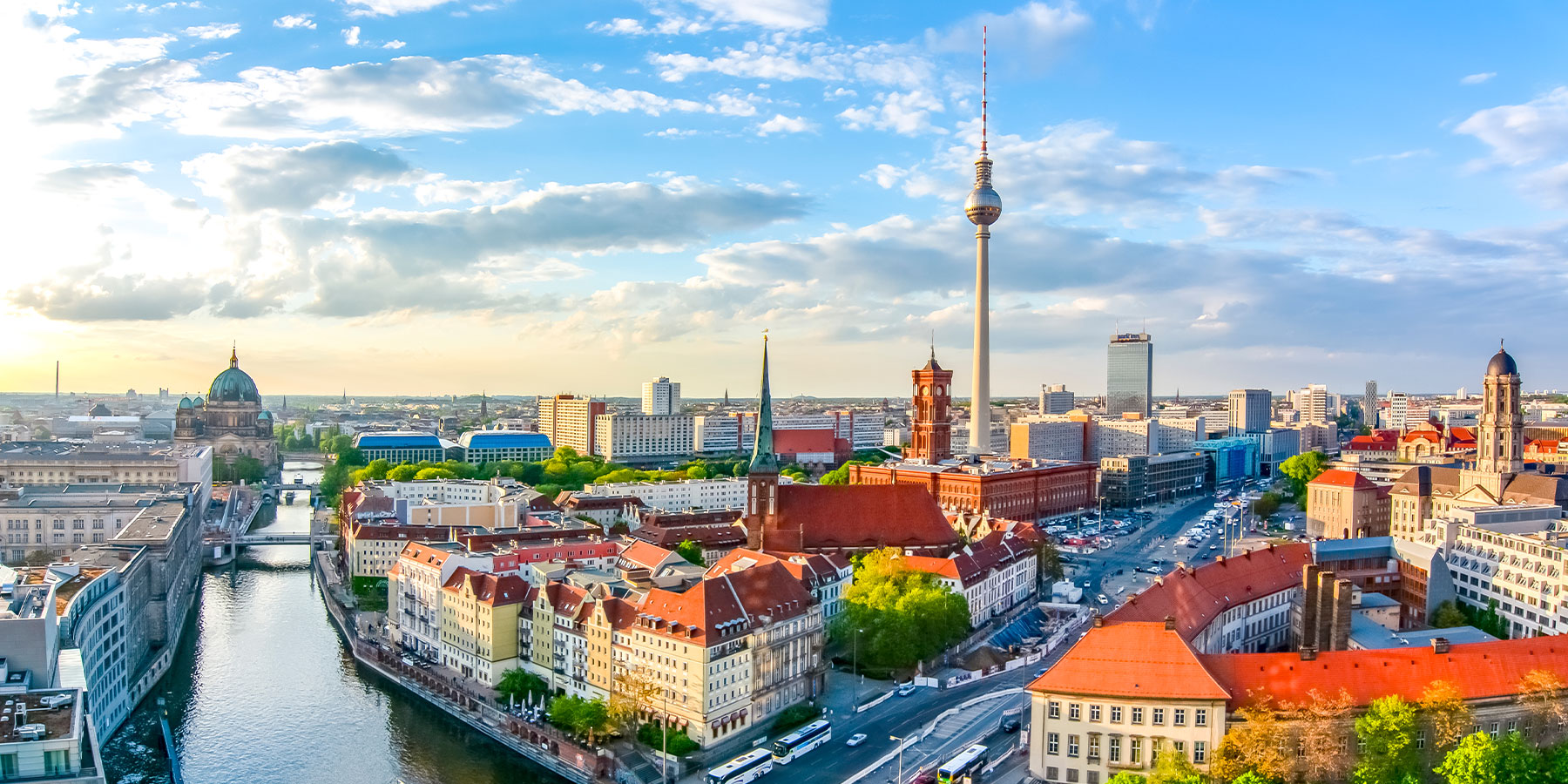


Comments